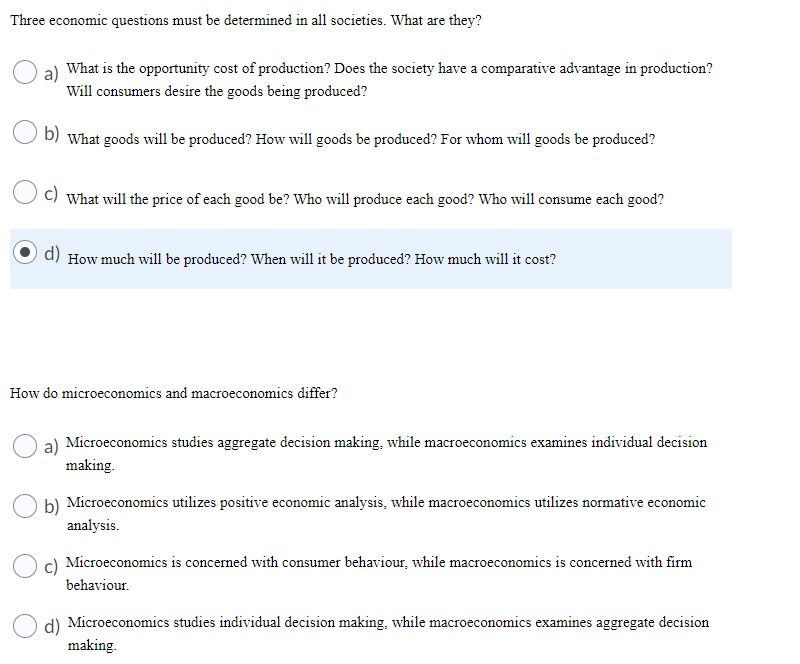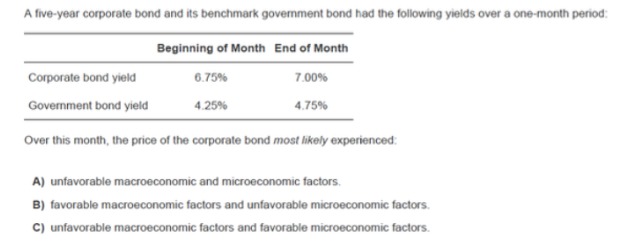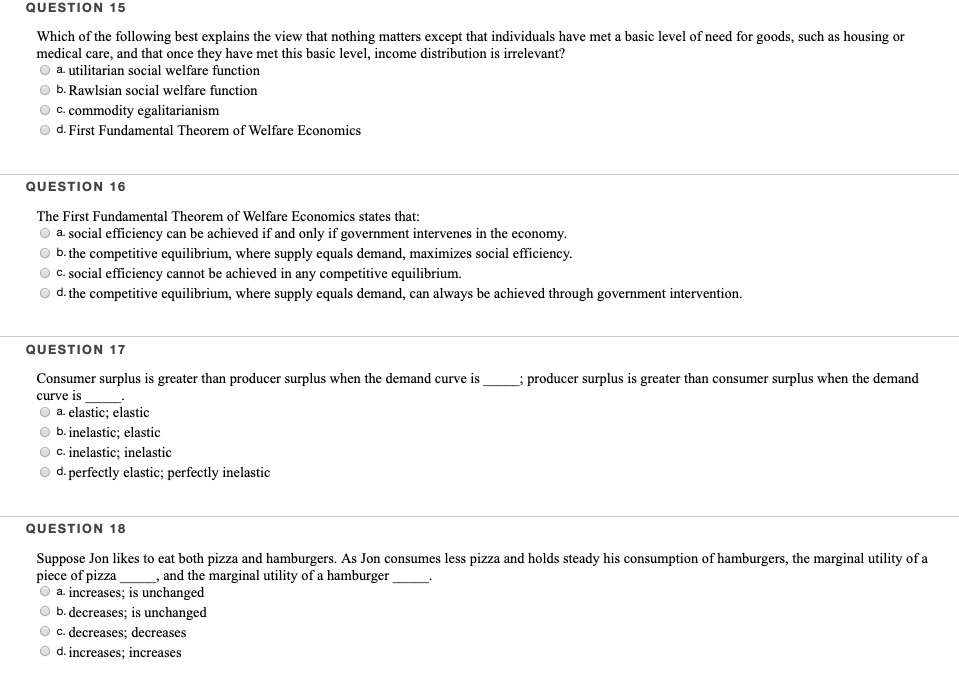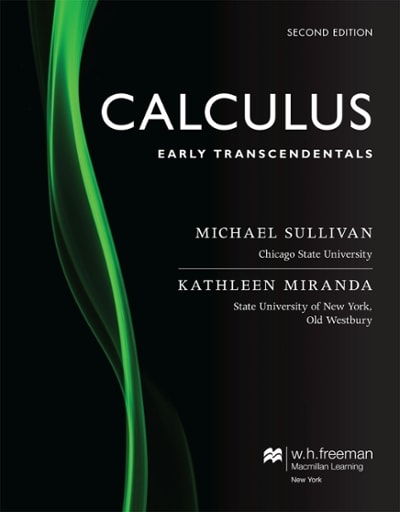Show your workings
Three economic questions must be determined in all societies. What are they? ()a) What is the opportunity cost of production? Does the society have a comparative advantage in production? Will consumers desire the goods being produced? O b) What goods will be produced? How will goods be produced? For whom will goods be produced? ( c) What will the price of each good be? Who will produce each good? Who will consume each good? d) How much will be produced? When will it be produced? How much will it cost? How do microeconomics and macroeconomics differ? ()a) Microeconomics studies aggregate decision making, while macroeconomics examines individual decision making- (b) Microeconomics utilizes positive economic analysis, while macroeconomics utilizes normative economic analysis. c) Microeconomics is concerned with consumer behaviour, while macroeconomics is concerned with firm behaviour. ()d) Microeconomics studies individual decision making, while macroeconomics examines aggregate decision making.A five-year corporate bond and its benchmark government bond had the following yields over a one-month period: Beginning of Month End of Month Corporate bond yield 6.75% 7.00% Government bond yield 4.25% 4.75% Over this month, the price of the corporate bond most likely experienced: A) unfavorable macroeconomic and microeconomic factors, B) favorable macroeconomic factors and unfavorable microeconomic factors. C) unfavorable macroeconomic factors and favorable microeconomic factors.Question 3 Consider an exchange economy with two individuals who have initial endowments of two goods, x and y, W1 = (ti, 2), W3 = (2, 4), where the subscripts arc the individuals. These individuals have the following preferences, U1 = 2:1 at in, Hz = 12'; a: y'f'. 3. Find the set of all Pareto optimal outcomes1 the contract curve. b. Draw the Edgeworth box with the initial endowments and the contract curve. Are the initial endowments on the contract curve? :1. How would you solve for the core? (:1. State the rst fundamental theorem of welfare economies. Why is it important? What are its limitations (not the limitations from part (d))? e. Describe a scenario in which the rst fundamental welfare theorem would not apply. QUESTION 15 Which of the following best explains the view that nothing matters except that individuals have met a basic level of need for goods, such as housing or medical care, and that once they have met this basic level, income distribution is irrelevant? O a. utilitarian social welfare function O b. Rawlsian social welfare function O c. commodity egalitarianism O d. First Fundamental Theorem of Welfare Economics QUESTION 16 The First Fundamental Theorem of Welfare Economics states that: O a social efficiency can be achieved if and only if government intervenes in the economy. O b. the competitive equilibrium, where supply equals demand, maximizes social efficiency. O c. social efficiency cannot be achieved in any competitive equilibrium. O d. the competitive equilibrium, where supply equals demand, can always be achieved through government intervention. QUESTION 17 Consumer surplus is greater than producer surplus when the demand curve is producer surplus is greater than consumer surplus when the demand curve is O a. elastic; elastic O b. inelastic; elastic O c. inelastic; inelastic O d. perfectly elastic; perfectly inelastic QUESTION 18 Suppose Jon likes to eat both pizza and hamburgers. As Jon consumes less pizza and holds steady his consumption of hamburgers, the marginal utility of a piece of pizza , and the marginal utility of a hamburger O a. increases; is unchanged O b. decreases; is unchanged O c. decreases; decreases O d. increases; increases










